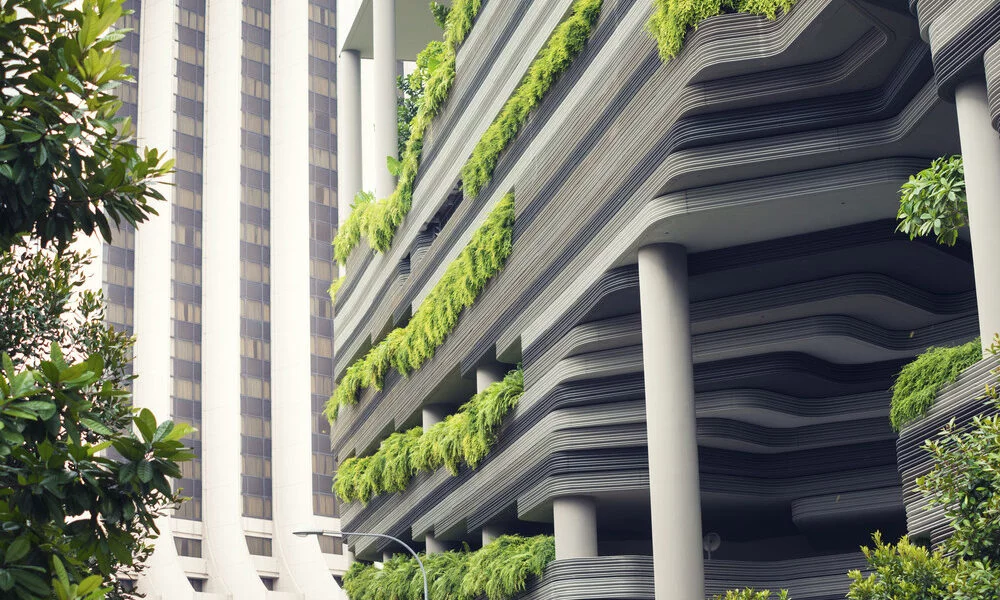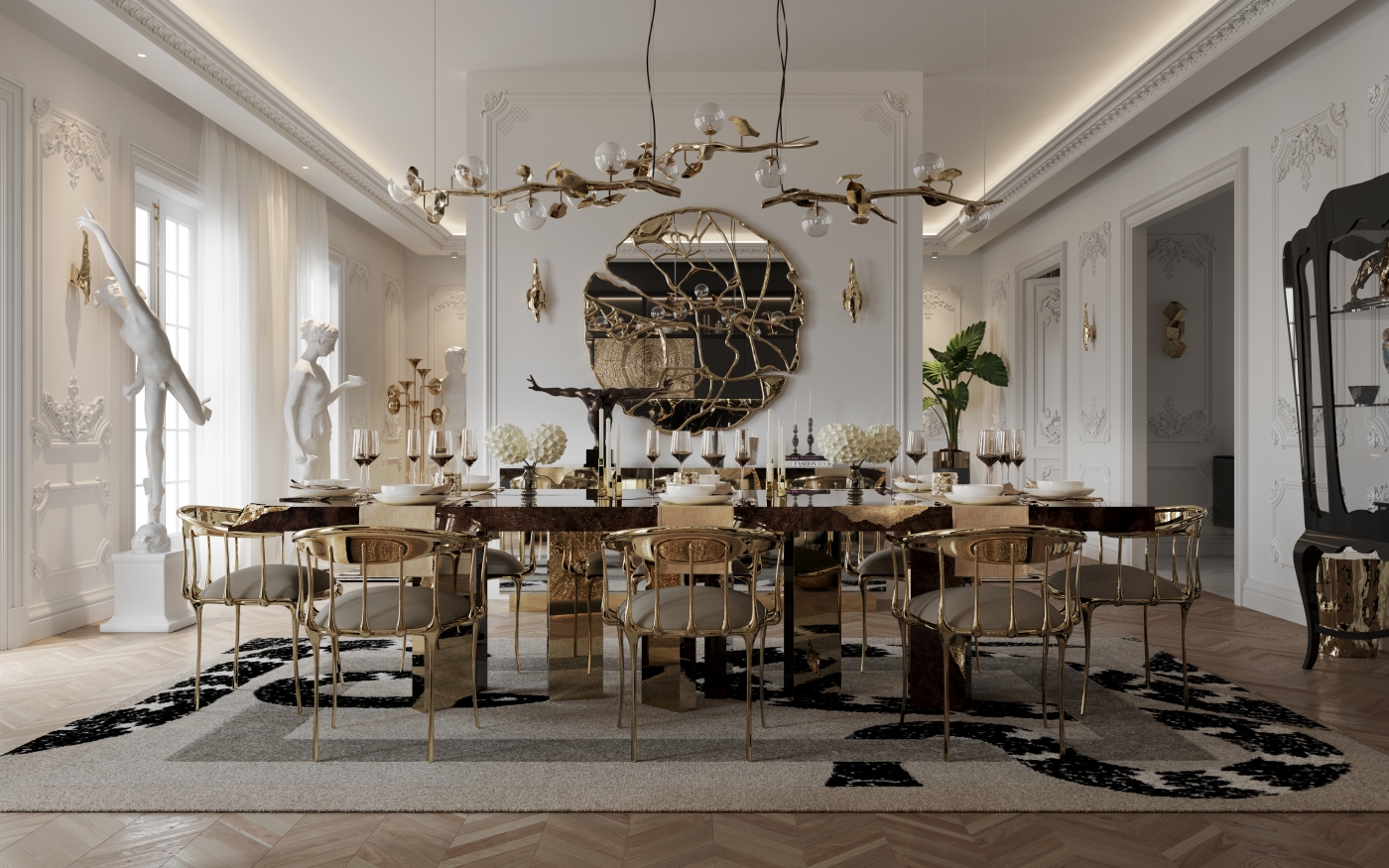In an era where climate change and environmental sustainability dominate headlines, the importance of green living and sustainable building solutions cannot be overstated. Sustainable building practices not only reduce our carbon footprint but also promote healthier living environments. From energy-efficient appliances to eco-friendly construction materials, there are various ways to incorporate green living into your custom home building projects.
What is Sustainable Building?
Sustainable building, often referred to as green building, involves creating structures that are environmentally responsible and resource-efficient throughout their life cycle—from design and construction to maintenance and demolition. This approach minimizes the impact on natural resources and enhances the well-being of occupants.
Why Sustainable Building Matters
Adopting sustainable building solutions offers a myriad of benefits:
- Environmental Impact: Sustainable buildings reduce waste, conserve water, and decrease greenhouse gas emissions.
- Economic Benefits: Energy-efficient buildings can significantly lower utility bills and maintenance costs.
- Health and Wellness: Using non-toxic materials improves indoor air quality, promoting better health for occupants.
Key Sustainable Building Solutions
1. Energy Efficiency
Energy efficiency is a fundamental aspect of sustainable building. This involves incorporating:
- Solar Panels: Harnessing solar energy reduces reliance on fossil fuels.
- Energy-efficient Windows: Double or triple-glazed windows minimize heat loss.
- Insulation: Proper insulation helps maintain indoor temperatures, reducing the need for heating and cooling.
2. Sustainable Materials
Choosing eco-friendly materials is crucial for reducing a building’s environmental impact. Some options include:
- Recycled Steel: Using recycled steel reduces the need for mining and conserves natural resources.
- Bamboo: A fast-growing plant, bamboo is a renewable resource that can be used for flooring and cabinetry.
- Reclaimed Wood: Reclaimed wood adds a unique aesthetic and reduces deforestation.
3. Water Conservation
Water conservation techniques are essential for sustainable living. Consider implementing:
- Low-flow Fixtures: Toilets, faucets, and showerheads that use less water without compromising performance.
- Rainwater Harvesting: Collecting rainwater for irrigation and other non-potable uses reduces the demand on municipal water supplies.
- Greywater Systems: Reusing greywater from sinks and showers for landscape irrigation.
4. Indoor Environmental Quality
Enhancing indoor environmental quality involves using:
- Low-VOC Paints: Paints with low levels of volatile organic compounds (VOCs) improve air quality.
- Natural Ventilation: Designing buildings to maximize natural airflow reduces the need for artificial cooling.
- Green Roofs: Roofs covered with vegetation provide insulation, reduce urban heat island effect, and improve air quality.
5. Smart Home Technology
Integrating smart home technology can further enhance the sustainability of your home. Features include:
- Automated Lighting: Motion sensors and timers ensure lights are only used when needed.
- Smart Thermostats: These devices learn your schedule and adjust temperatures for maximum efficiency.
- Energy Monitoring Systems: Track energy usage in real-time to identify areas for improvement.
Sustainable Building with a Custom Home Builder
If you’re considering building a sustainable home, working with a custom home builder in Ogden can make a significant difference. Expert builders in this region are well-versed in the latest green building practices and can tailor your home to meet your sustainability goals. They can guide you through the process of selecting eco-friendly materials, installing energy-efficient systems, and incorporating smart home technology, ensuring your home is both beautiful and environmentally responsible.
The Future of Sustainable Building
The future of sustainable building looks promising, with advances in technology and growing awareness driving innovation. Key trends to watch include:
- Net-zero Buildings: Structures that produce as much energy as they consume.
- Biophilic Design: Incorporating natural elements into building design to enhance well-being.
- Circular Economy: Designing buildings with materials that can be reused or recycled at the end of their life cycle.
Conclusion
Green living and sustainable building solutions are not just trends—they are essential practices for ensuring a healthier planet and better quality of life. By adopting these strategies, you can create a home that is eco-friendly, cost-effective, and conducive to your well-being. Sustainable practices include using renewable energy sources like solar panels, incorporating energy-efficient appliances, and utilizing natural materials that reduce environmental impact. Additionally, sustainable living promotes water conservation, waste reduction, and the use of non-toxic building materials, all of which contribute to a healthier living environment for you and future generations.








